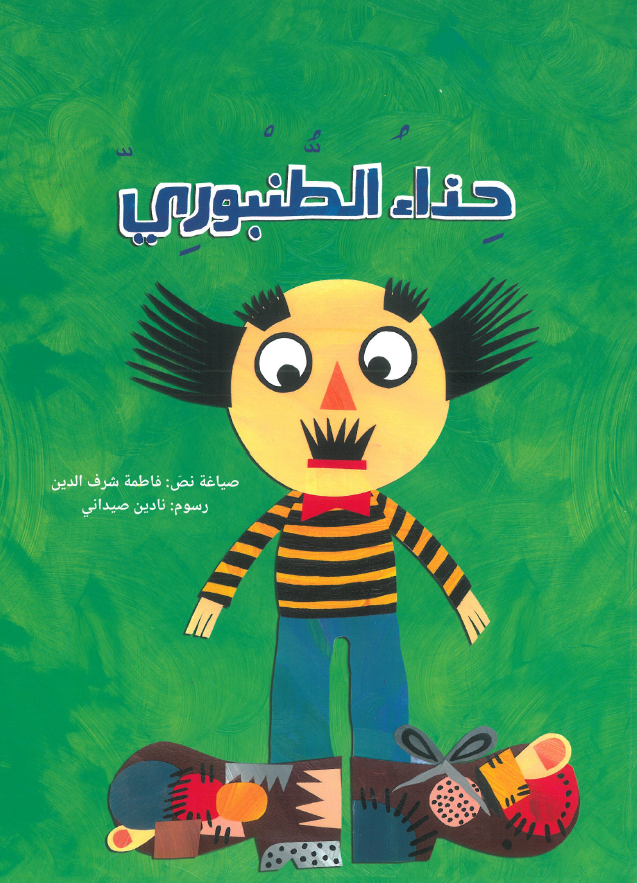
A humorous classical Arabic folktale about a miser merchant from Baghdad who tries to get rid of his old torn pair of shoes, but every time he tries to do so, someone brings them back to him.

A humorous classical Arabic folktale about a miser merchant from Baghdad who tries to get rid of his old torn pair of shoes, but every time he tries to do so, someone brings them back to him.
Tanbouri tried several times to get rid of his old shoes, but he failed every time. This is a satiric story that was written by Eben Hajja El-Hamawe who is an Arab writer who lived during the 15th century. The main character of the story was Abo Qasem Tanbouri, an Iraqi businessman who was known ...
Read MoreTanbouri tried several times to get rid of his old shoes, but he failed every time. This is a satiric story that was written by Eben Hajja El-Hamawe who is an Arab writer who lived during the 15th century. The main character of the story was Abo Qasem Tanbouri, an Iraqi businessman who was known for his wealth and miserliness. Most Arab societies told this story as a symbol for unfortunate people.
Dear Parents,
Here are some suggestions on activities and discussions we can have with children regarding this book:
المربّية العزيزة،
حكاية "حذاء الطّنبوري" مناسبة لتعريف الأطفال بنوعين من الأدب: الحكاية التّراثية ( وهي الحكاية التي يتناقلها النّاس شفويًا، وقد تكتب) وأدب الفكاهة (مثال آخر: حكايات جحا).